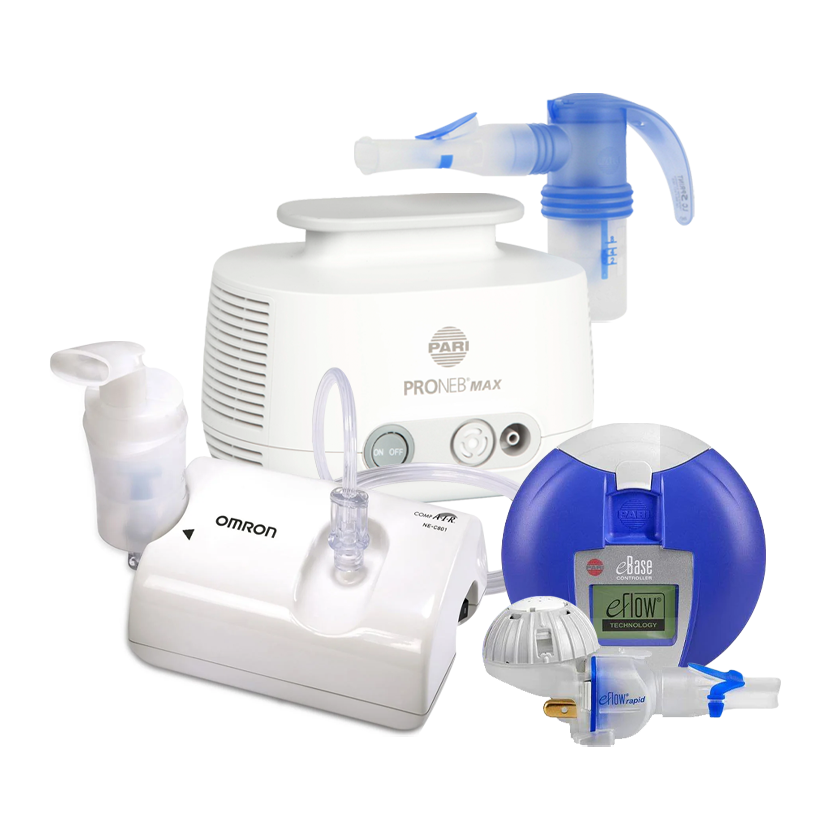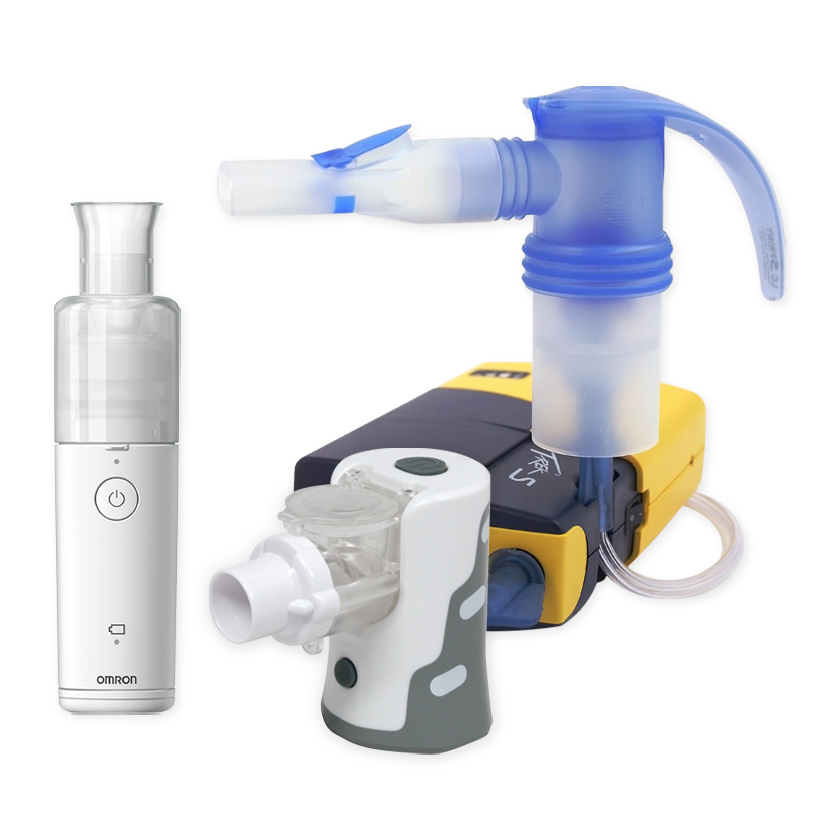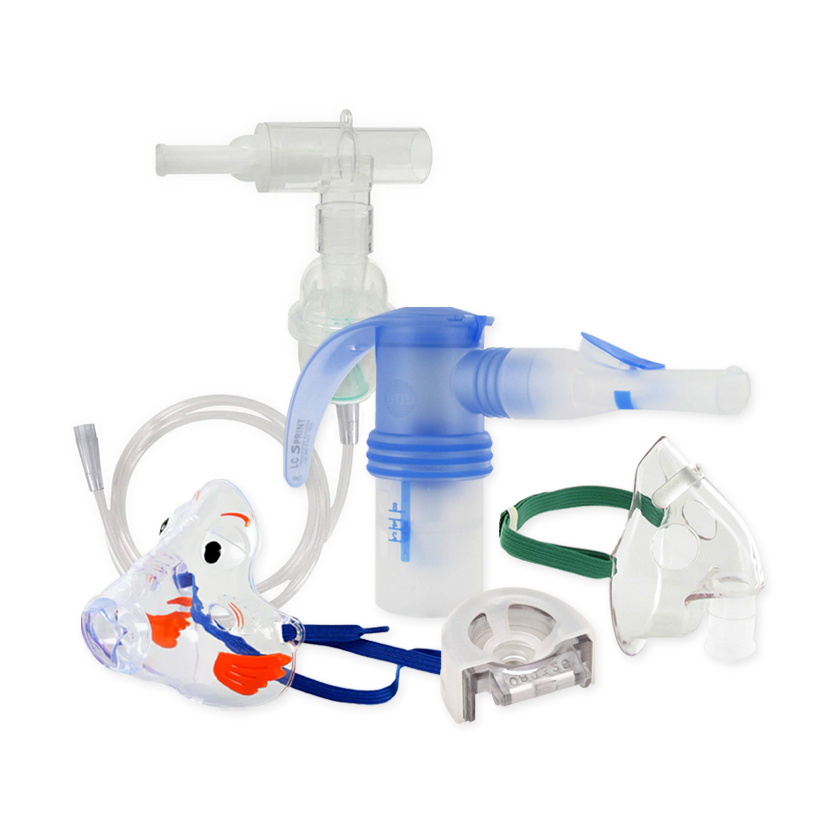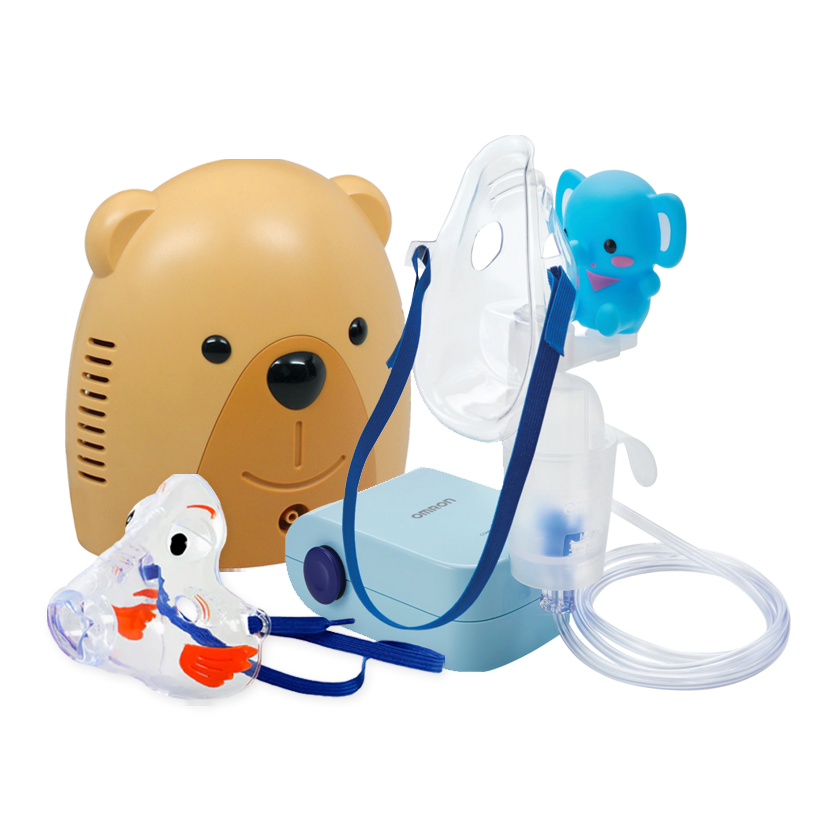Your Cart is Empty
Free Shipping on all orders over $75!
Menu

Free Shipping on all orders over $75!
Nebulizer Systems
Travel Nebulizers
Nebulizer Accessories
Just For Kids
Oxygen Supplies
Endotoxins and Asthma
January 16, 2012 2 min read
A nationwide study conducted in the U.S. found that a strong association exists between the levels of endotoxins in the home and the prevalence of bothersome respiratory symptoms such as asthma.
What Are Endotoxins?
- Endotoxins are a lesser known asthma trigger that can inflame and irritate airways
- They come from bacteria living in dust
- Endotoxins are released into the air when the bacterium’s cell wall is ruptured
- Since they exist in dust, endotoxins tend to be in more dirty areas, but they can spread to any part of the home
- Highest concentrations of endotoxins typically found in kitchen and living room floor dust
You only have to worry about endotoxins inside your home, since the bacteria living in the dust are unable to build up enough outside to inflame your airways. Inside the home, simple steps can be taken to reduce the amount of endotoxins in the air. And remember, reducing levels of endotoxins is all about reducing the endotoxin producing bacteria.
How to Reduce Endotoxins:
- Wash bed sheets weekly in hot water
- Clean more! This includes leaving less clutter around to clean every nook and cranny in your home
- Carpeting harbors endotoxin producing bacteria – be sure to regularly vacuum
- Purchase allergy care bedding such as mattress covers and allergy preventing pillow cases
- Don’t eat in bed – bacteria will thrive on crumbs left behind
Regularly cleaning all areas of your home is the best way to prevent endotoxins from building up inside and becoming problematic. However, if you or your child has asthma, be sure to open a window while cleaning to prevent asthma triggering fumes (like those from ammonia and bleach) from making the condition any worse.
Subscribe
Sign up to get the latest on sales, new releases and more …
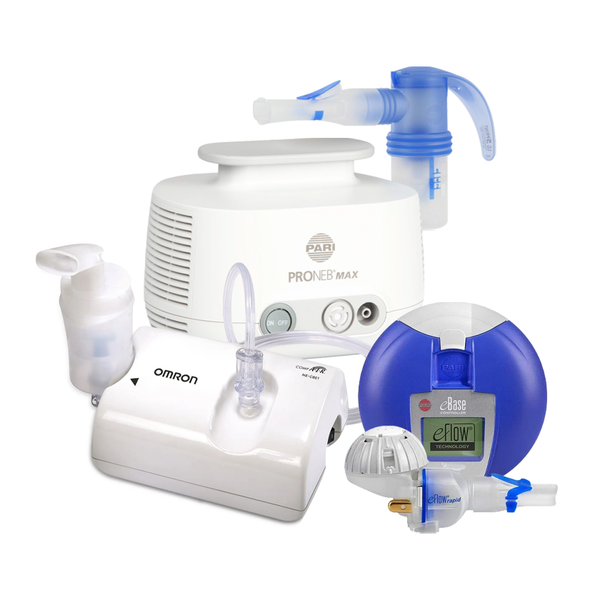
NEW CUSTOMERS SAVE $5 OFF YOUR FIRST PURCHASE OF $20 OR MORE
Code will be sent to email entered if applicable
SIGN UP FOR FUTURE SALES, NEW PRODUCTS AND ANNOUNCEMENTS
{"themeColor":"#061f77","iconColor":"#061f77","showLogo":true,"topBottomPosition":0,"rightLeftPosition":5,"iconSize":"large","iconCustomSize":64,"position":"middle-right"}
